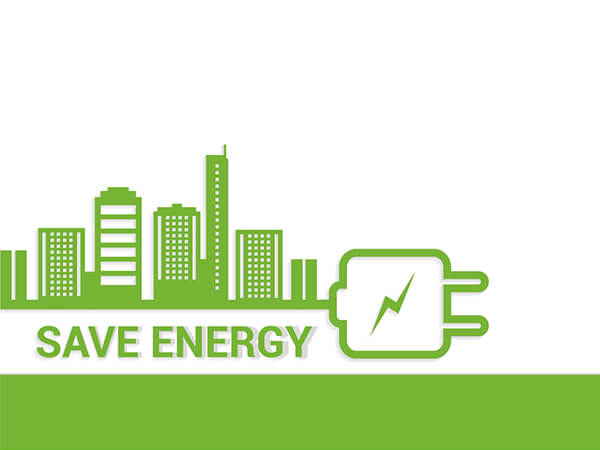Any opportunity an engineer may have to recover energy in the design of an HVAC system can pay big dividends in offsetting system first costs as well as the total operation costs of the building. As energy costs continue to rise, and studies indicate the average HVAC system consumes 39% of the energy used in a commercial building (more than any other single source), energy-efficient HVAC design has the potential to bring big savings.
The Fresh Air Balance
ASHRAE Standard 62.1-2004 prescribes minimum ventilation (fresh air) rates for acceptable indoor air quality. The rates vary based on occupant density, activity levels, floor area and other variables. But in every case, it is agreed that proper ventilation has the greatest impact on indoor air quality and the subsequent prevention of sick building syndrome in occupants. Unfortunately, when fresh air is introduced into a building’s HVAC system, an equal amount of treated air must be exhausted to the exterior of the building to maintain proper system balance. At the same time, the incoming air must be heated or cooled and dehumidified to the requirements of the conditioned space, which impacts the system’s overall energy efficiency.
A Solution to Energy Savings
One of the most effective ways to offset the energy use penalty of treating fresh air is with an energy recovery wheel (ERW). An energy recovery wheel works by transferring energy between an exhaust (indoor) airstream and an incoming fresh airstream. As the air from both sources passes through, the energy recovery wheel uses the warm exhaust air to preheat the cooler, incoming air (winter), or to precool the incoming air with cooler exhaust air (summer). They can even reheat supply air after it has already been cooled to provide an extra layer of dehumidification. This passive process helps precondition the incoming air to be closer to the desired requirements of the occupied space while providing significant energy savings in the process. The amount of energy transferred between the ERW and the energy levels of the two airstreams is called “effectiveness.”
Using energy recovery wheels to reclaim energy from exhaust air can provide significant savings to the building owner while notably reducing the load on the HVAC system. They can help reduce the use of renewable resources, and may help a building qualify as “green” in some locations. To learn more about energy recovery wheels and how they are implemented in high-performance rooftop units, download your free copy of the complete Variable Air Volume (VAV) Application Guide for Rooftop Units.















